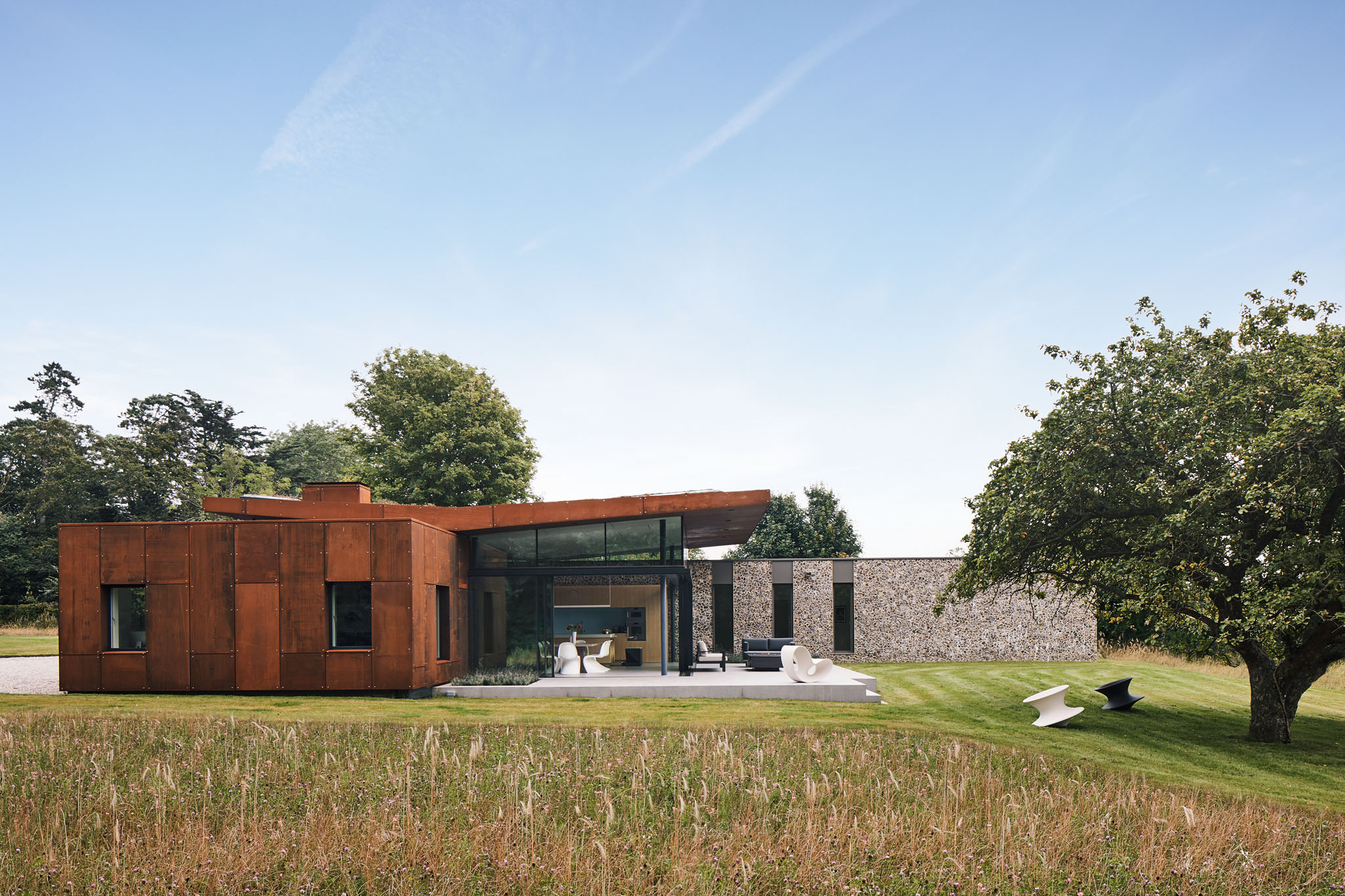Two sides of the present housing crisis are nicely illustrated by what is happening in different parts of the UK. In London with an under supply of homes house prices and rents are high exacerbated by foreign investment which last year saw 40% of transactions with foreign buyers. It has made homes unaffordable for many and, with caps in housing benefits, is driving people out of the city and increasingly making it a ghetto for the wealthy reflecting the wider and increasingly inequitable distribution of wealth in this country. It undermines the notion of community and illustrates the problem of a skewed market when a house becomes more important as an investment than a home. To combat this house prices need to fall and that can only happen with the release of substantial amounts of land and buildings for homes. This is a planning issue. On the other hand the lack of house-building in other parts of the UK has not primarily been a planning issue but is a direct consequence of the banking crisis and presents us with a dilemma. The combination of loss of equity and reluctance of banks to lend, despite historically low interest rates, has led to stagnation both in house building and purchases. Although there seems some improvement in lending as reported by Bank of England in their last quarterly ‘Credit Conditions Survey’ as well as government incentives for lending there will be little movement in the market unless houses regain much of the lost value since the peak prices of 2007. This might happen since there is considerable latent demand for houses and with a buoyant market prices will start to rise because of a lack of supply; however if it happens it will make it even more difficult for first time buyers to get on the housing ladder thus further undermining the industry. It is also recognised that house values are over inflated anyhow. To prevent further house price inflation we would then need to ensure sufficient number of house came to the market to keep prices low but this is unlikely since in is not in the interests of developers. So unless more radical incentives are provided to ensure an open supply of land, prevent land banking and encourage diversity in the house building industry the stand off will carry on and we will remain with a disastrous housing policy or rather no policy at all. However another solution suggests itself; that developers, investors, local authorities and housing associations build and invest for the long term – this is possible in the rental sector and seems to me one way forward out of the current mess. Anthony Hudson
A HOUSING MESS: What Next?
Author / Hudson Architects
Similar Journals

Duke Street Riverside: learning lessons from an award-winning education building
October 12, 2023Jack Spencer Ashworth takes a detailed look back at our award-winning higher education building, Duke Street Riverside, in a feature for Higher Education Estates Magazine reflecting on what we might do differently now. It’s now well over a year since our landmark higher education project Duke Str
Continue reading
Planning approval for Dutch Barn conversion
July 30, 2023We are thrilled to announce we have been granted planning permission for the conversion of redundant Dutch barn and silo in Essex. The vision for the project is to transform the existing structure into a beautiful home, while carefully preserving its agricultural character and distinctive silhouett
Continue reading
Low Energy Homes: The Key to Comfortable, Sustainable Living
May 2, 2025With rising energy costs, growing climate concerns, and a shift toward more sustainable lifestyles, the way we design, build and renovate our homes is more important than ever. Low energy homes offer a future-proof solution, providing comfortable, healthy living environments while significantly red
Continue reading